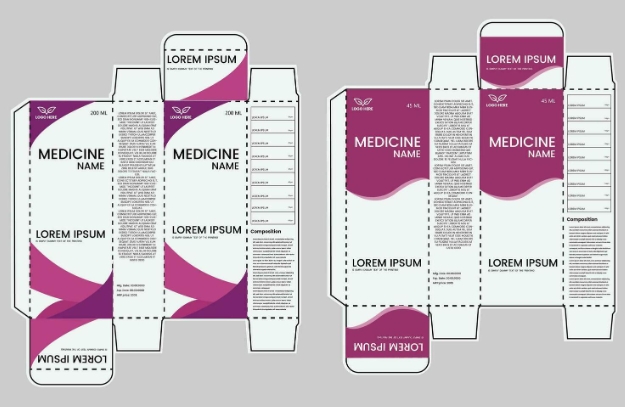The Importance of Medicine Packet Design: A Guide for Health and Safety
In today’s world, effective communication in healthcare is paramount, and medicine packet design plays a crucial role in this process. With countless medications on the market, the need for clear, informative packaging cannot be overstated. A well-designed medicine packet not only enhances usability but also ensures patients can safely and effectively administer their medications.
Understanding Essential Information on Medicine Packets
One of the primary functions of medicine packet design is to communicate essential information clearly. This includes the medication name, dosage instructions, contraindications, and potential side effects. A thoughtfully designed packet uses legible fonts and visually appealing layouts to guide users through this crucial data. Colors can also enhance readability—using contrasting colors for background and text can make key information stand out. The goal is to make sure that patients can quickly understand how to take their medicine, reducing the risk of errors and enhancing safety.
User Experience: The Role of Accessibility in Packet Design
User experience is at the heart of effective medicine packet design. Accessibility should consider various factors, including the age and health conditions of users. For example, elderly patients may benefit from larger print sizes and simple language. Incorporating tactile elements such as easy-to-open seals or Braille can significantly improve usability for individuals with limited dexterity or vision impairments. Furthermore, designs that utilize imagery or pictograms can help convey instructions to individuals who may struggle with written language. Ultimately, a user-friendly packet not only aids in comprehension but also promotes adherence to prescribed regimens.
Regulatory Considerations in Medicine Packaging
In addition to facilitating usability, medicine packet design must comply with various regulations set forth by health authorities. These regulations mandate specific labeling information, including the Drug Enforcement Administration (DEA) requirements and the Food and Drug Administration (FDA) guidelines regarding package inserts. Understanding these regulations is vital for pharmaceutical companies to avoid legal pitfalls and ensure consumer trust. Additionally, incorporating eco-friendly materials and sustainable practices in packet design can also align with growing public interest in environmental responsibility, demonstrating a brand’s commitment beyond just compliance.
Conclusion: A Call to Action
The design of medicine packets is a vital aspect of healthcare that can significantly impact patient safety and medication adherence. By prioritizing clear communication, user experience, and regulatory compliance, healthcare providers can create an environment where patients feel informed and empowered in their treatment. To learn more about how effective medicine packet design can benefit you or your organization, explore resources online or consider consulting with packaging experts. Together, we can enhance healthcare communication and improve patient outcomes!

